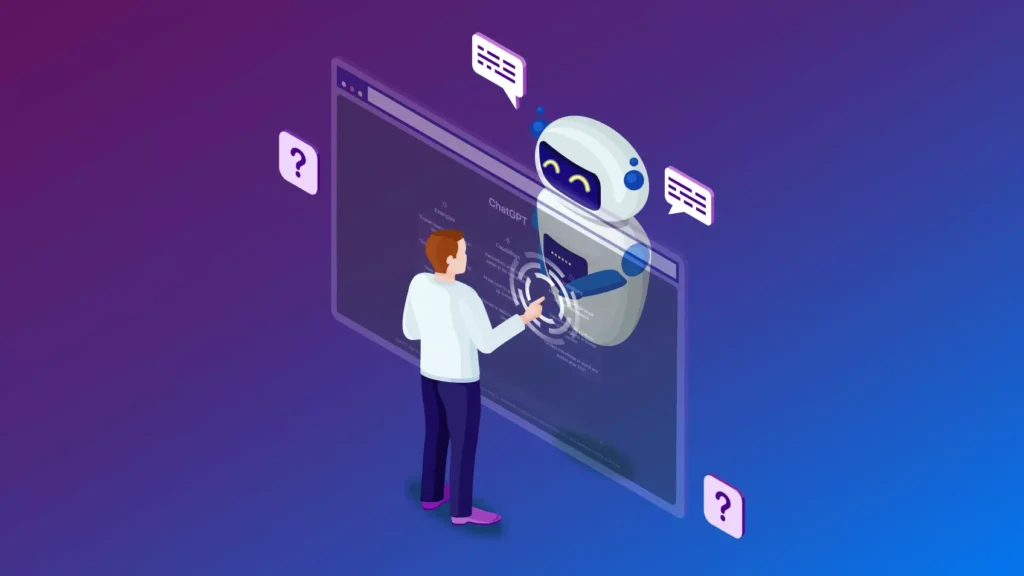
How Conversational AI is Enhancing the Customer Experience
January 2, 2024
As artificial intelligence continues to advance, businesses are increasingly leveraging Conversational AI to improve interactions with customers. Powered by technologies like natural language processing and machine learning, chatbots and voice assistants can understand speech and text like humans. This allows them to have natural dialogues to answer questions and fulfill requests. By 2024, Conversational AI is projected to save companies billions annually by handling basic inquiries and tasks. Let’s explore how this emerging technology is already enhancing the customer experience.

Content
24/7 Customer Support – Conversational AI
One major benefit of Conversational AI is availability. Unlike human agents, chatbots never need to sleep or take breaks. They can engage with customers 24/7 via websites, mobile apps, smart speakers and more. Customers appreciate being able to get assistance anytime without waiting on hold. Chatbots are handling a growing number of basic support inquiries independently. For more complex issues, they can collect details and pass customers to a live agent. This offers a better initial experience.
Personalized Assistance
Conversational AI also enables personalization. By understanding context and prior interactions, chatbots can remember customer preferences and deliver a more tailored service. They can even adapt their responses based on sentiment analysis of the dialogue. For example, an AI may use a friendlier tone if detecting frustration. As systems continue learning, they will offer an increasingly customized experience. Sites like bestpromptaihub.com discuss how AI can understand individual needs.
Simplified Transactions
Through natural language, Conversational AI streamlines common transactions like checking balances, making payments and managing accounts. Complex processes are broken down into simple voice or text commands. This reduces frustration for customers and contact center call volumes. Some AI assistants can even complete purchases directly without human involvement. As 5G connectivity spreads, expect to see more mobile commerce via conversational interfaces.
Proactive Support
Advanced AI systems are able to be proactive. By monitoring accounts for anomalies, they can alert customers to suspicious activity, expired documents, upcoming bills and more. AI can also detect service issues and automatically initiate repairs. Customers appreciate the peace of mind from these proactive notifications and repairs. Early warnings prevent larger future problems too.
Improved First Impressions
For many customers, especially millennials and Gen Z, Conversational AI delivers a better first impression than calling a contact center. They expect brands to meet them in their preferred messaging channels. When handled by AI, initial inquiries receive faster responses without navigating an IVR system. As long as privacy and security are prioritized, chatbots make interacting with companies more convenient and frictionless. This boosts first impressions.
In summary, as Conversational AI systems continue enhancing their natural language skills, they will only further improve customer experiences across industries in the coming years. By providing 24/7 personalized support, streamlining transactions and taking proactive actions, AI chatbots and voice assistants are redefining what’s possible in customer service. While human agents can’t be replaced, AI will augment their roles to create an even more seamless experience for consumers.
FAQs
What challenges does Conversational AI still face?
Lack of contextual awareness, inability to understand sarcasm or complex emotions, and over-reliance on predefined responses are issues AI is working to address. Data quality also impacts performance.
How can businesses test and improve their Conversational AI?
By getting customer feedback, monitoring metrics like satisfaction scores, response times and task completion rates. Constant retraining with new examples helps bots stay relevant and address blind spots. Testing with edge cases is also important to ensure robustness.

Darin is a wonderful person. He is very nice and always willing to help out! He loves his job because it lets him share interesting things with people who want to know about new developments in the world of technology.


















